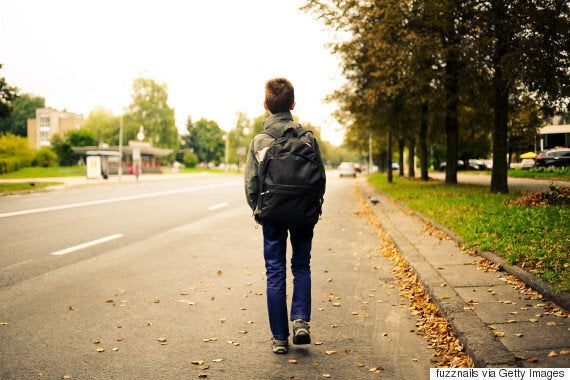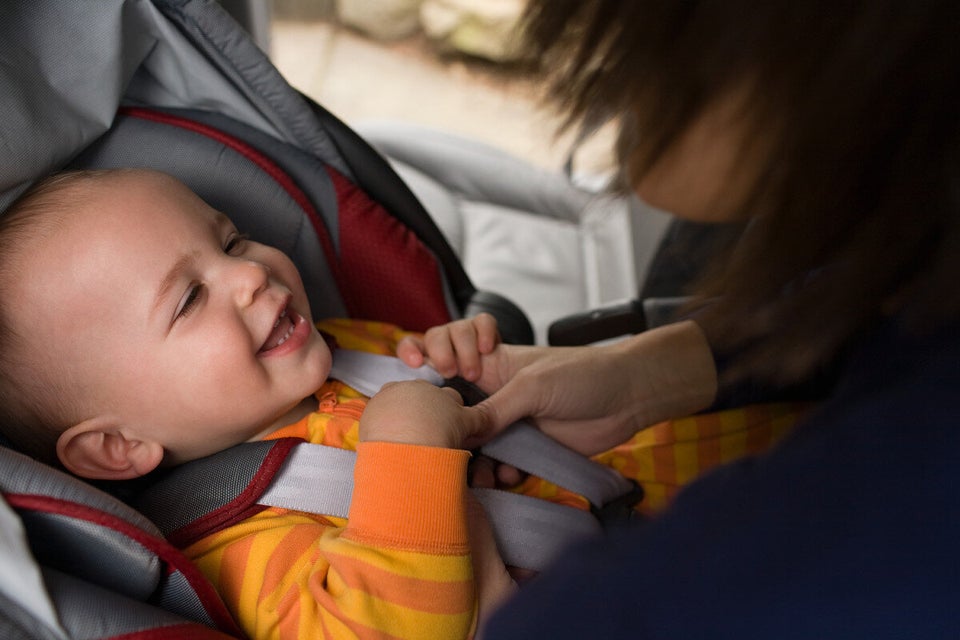This week, an amber alert was issued for a missing girl who was seen being forced into a van by two men. Every parent across the country had the same thought, “What if that was my kid?”
Thankfully the child was found safe, but now that we have all had a moment of panic, it's time we take actionable steps to make sure our children are safe from possible abduction.
Please know that I am not here to be a fear monger. In fact, let me calm your anxiety by saying that statistically speaking, abductions by strangers are extremely rare. Most abductions are by non-custodial parents. However, when a child is abducted by a stranger, the outcomes of that event are so horrid that if we can do anything to prevent it, then of course we should.

To do so we have to start by understanding a basic premise: abductors try to trick and fool children, and children are gullible. As a result, parents need to approach safety from a “follow the rules” angle, rather than with an “assess the situation” attitude. We do NOT want kids using their poor logic and reasoning to assess what course of action to take. Instead, we want them to memorize and apply six rules that will keep them alive.
Teach your kids these six rules they should never ever break and explain their rationale as follows:
1. I won’t go with someone I don’t know.
One way adults fool children is by offering them rides. Abductors come up with convincing reasons why kids should get in their car: it’s rainy, I am going your way, your mom is in the hospital and asked me to bring you to her, and so on. The list is so long, you can’t teach your child every possible way they might get duped. Help them understand it’s just easier and best to memorize and apply the rule, “I don’t go with someone I don’t know.” Explain to your kids that it’s okay to offend someone or feel confused by the choices, but as long as they pick “I don’t go with someone I don’t know,” they are doing the right thing. Tell them not to think; just apply the rule.
2. Take two steps back.
If a car or person approaches, take two steps backwards and stay on the sidewalk. If someone is approaching you on foot, move away so the distance between you is always two steps apart. It’s important to not be within arms reach of strangers.
3. Adults seek help from other adults, not from children.
Adults behaving normally ask for help from other adults, not children. So, if an adult has lost their cat and needs help looking and asks a child for help, that is wrong. Take two steps back and offer to get another adult to help them. Go look for another adult immediately.
4. Never display your name or GPS location.
Children are easily duped if someone knows details like their name and address. Sadly, adults can get this information off a child’s backpack or from a GPS locator that was not turned off in an app setting. It’s so convincing when someone says, “Hey, Oscar. It’s me, Bob, your old neighbour from Elm Street. Don’t you remember me?” Just because someone knows your name and where you live, doesn’t mean you shouldn’t apply rule number one: “I won’t go with someone I don’t know.”
Parents, please turn off GPS locating on your children’s devices.
5. Create a family code word.
It’s 4:00 p.m. pickup time in the school yard and someone approaches and says, “Hey, your mom’s car broke down and she wanted me to pick you up. You don’t know me, but I work with your mom and she asked me to do this favour for her.” Since you should not go with someone you don’t know, you can ask them what the family code word is. If mom really sent a coworker to pick you up, she would have given the secret code to that person. No code, no go. Be sure to change your code word regularly, too.
6. A weapon means you must scream, kick and shout.
Abductors don’t want to raise a firearm because they don’t want to draw attention to themselves and get caught. The likelihood of being harmed is far less if you flee than if you get in the car with an abductor, so teach your child to make a hell of a scene! The louder, more aggressive and obnoxious they are, the better. They must draw attention from bystanders and passersby. Scream, shout and kick! And because so many kids act badly in public, it’s important they say, “This is not my parent. Help!”
Also on HuffPost
